Капельницы на Бали, Капельница от похмелья, Денге, Витаминная Капельница, Bali Belly, Вывод из запоя Бали, Отравление на Бали, Скорая помощь Бали
Services
How to place an order?
How to place an order?
Step 1
Select services on the website or contact the manager via WhatsApp
Step 2
We will coordinate the services with the medical facility and send you a confirmation
Step 3
Undergo examination or treatment at the clinic or at home
Useful Information
- When is an IV Drip Needed?IV drips can be necessary in various medical situations that may arise in Bali. They provide quick and effective relief for various conditions:
Fever:
• For high temperatures caused by infectious diseases such as Dengue or colds.
• The IV drip helps to reduce the fever, replenish lost fluids, and improve overall condition.
Dehydration:
• For significant fluid loss due to vomiting, diarrhea, high fever, or intense physical activity.
• The IV drip helps to quickly restore the body’s water-salt balance.
Intoxication:
• For food poisoning, alcohol intoxication, or exposure to toxins.
• The IV drip helps to cleanse the body and speed up the elimination of harmful substances.
Immune Support:
• During periods of increased illness or with weakened immunity.
• An IV drip with immunomodulators helps to strengthen the body’s defenses.
Recovery after Illness:
• After severe illnesses, surgeries, or injuries.
• The IV drip helps to quickly regain strength and improve overall health.
Nutrient Replenishment:
• For vitamin and mineral deficiencies that may occur due to poor diet, chronic illnesses, or stress.
• The IV drip provides the necessary substances directly into the bloodstream.
Migraine and Headaches:
• For severe headaches or migraines that are not relieved by regular painkillers.
• The IV drip can include medications that alleviate symptoms.
HealthBali specialists are ready to provide you with personalized treatment and necessary support at every stage. - Main Contraindications for IV DripsSpecialists emphasize that intravenous infusions are a serious medical procedure that should not be performed without consulting a doctor. Although IV drips are an effective method of treatment and recovery, their use may be contraindicated in some cases:
Allergic Reactions: Allergy to the components of the solution or medication used in the IV drip.
Heart Failure: Severe heart failure may pose a risk of fluid overload.
Kidney Failure: Impaired kidney function can lead to difficulties in excreting fluids and electrolytes.
Pulmonary Edema: IV drips may worsen the condition due to additional fluid volume.
Hyperhydration: Excessive fluid accumulation in the body, which can be dangerous with certain conditions.
Uncontrolled Hypertension: High blood pressure that cannot be stabilized may be complicated by the introduction of additional fluids.
HealthBali clients can rest assured that their health is in the reliable hands of experienced specialists. Before starting therapy, the medical staff conducts a mandatory health check of the client. Each procedure is coordinated and prescribed by a doctor. - Hematoma (bruise) after an IV DripSometimes, the administration of an IV drip can be accompanied by bruising (hematomas) at the puncture site.
Main causes of bruising:
Double puncture: During the insertion of the IV drip, there is a double puncture — of both the skin and the vein. When the needle is removed, blood can sometimes flow into the tissues with force, leading to a hematoma (bruise).
Physiological and anatomical features: Risk factors include the condition of the veins and blood vessels, their thickness and elasticity, and the location and visibility of the veins.
Premature movement of the arm: Another cause of bruising can be premature movement of the arm after the needle is removed, allowing blood to easily get under the skin.
How to avoid bruising:
Press the puncture site: Firmly press the puncture site for 5-10 minutes after the needle is removed.
Do not remove the adhesive bandage: Do not remove the adhesive bandage earlier than 30 minutes after the procedure.
Avoid straining the arm: Do not lift heavy objects for an hour and avoid driving in the first 15-20 minutes after the procedure. Sometimes even minor activity can lead to extensive bruising and swelling around the puncture site.
Following these simple recommendations can help reduce the risk of hematomas after an IV drip.
All Programs

